She would plot out a rough pattern on graph paper, then stitch the pieces together on her sewing machine. Then the very laborious process of hand—stitching the edges of every piece, which gave the quilts a third dimension.
One of the things I began to notice, and I don’t know if Lesley was even aware of this, but there is a great charm in imperfection. If she was making an eight pointed star, and she ran out of material, she’d just make one point smaller than the others. She was an artist, not an engineer.
In fact, I think it’s the irregularities that often make for great art. Like in music, recording on tape, with all its human attributes, as opposed to digital recording, where things are precise — on or off, black or white, no in-betweens.
Like on a guitar, with frets: if you don’t bend the notes, things are very precise. A to B-flat to B to C. But with say, a violin, which has no frets, you can slide from A to C, with all those irregular middle tones.
These, and much more of Lesley’s work can be seen in The Half-Acre Homestead, the record of our 50 years on this piece of land. It includes her weaving (and spinning and dying,) jewelry, basket making, gardening and cooking. Plus she was the captain of the ship.
The book turned out to be a love letter to Lesley.





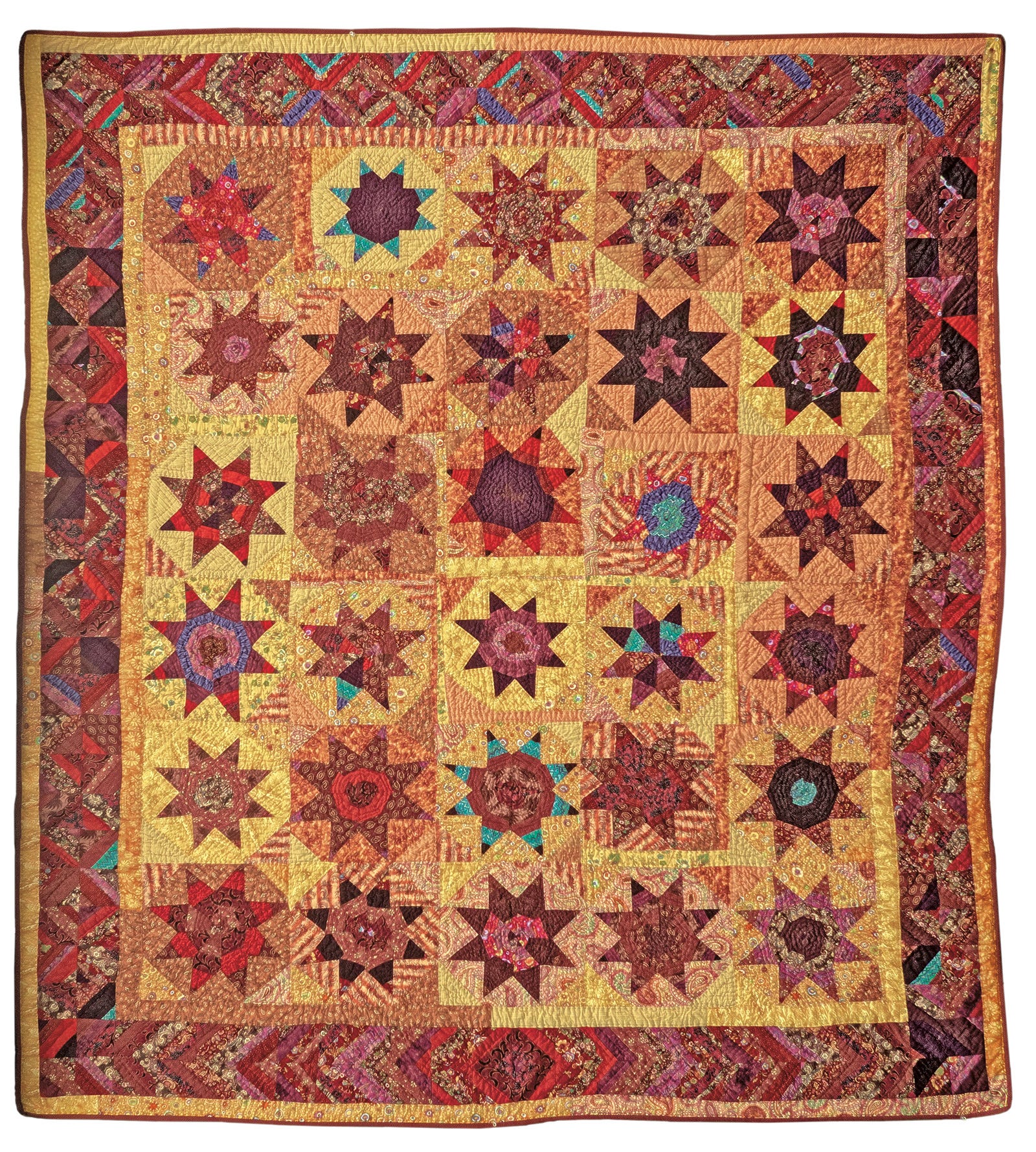
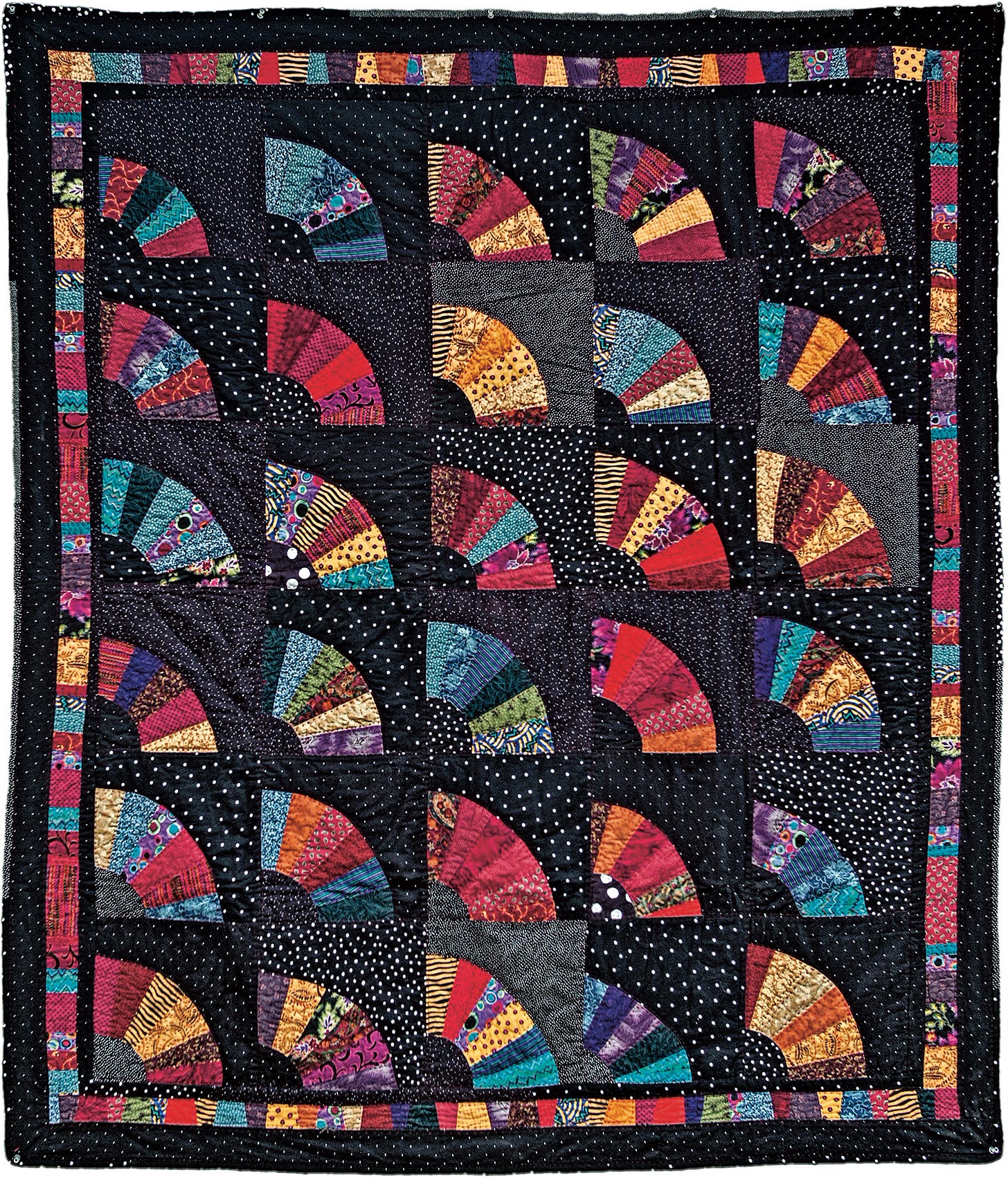

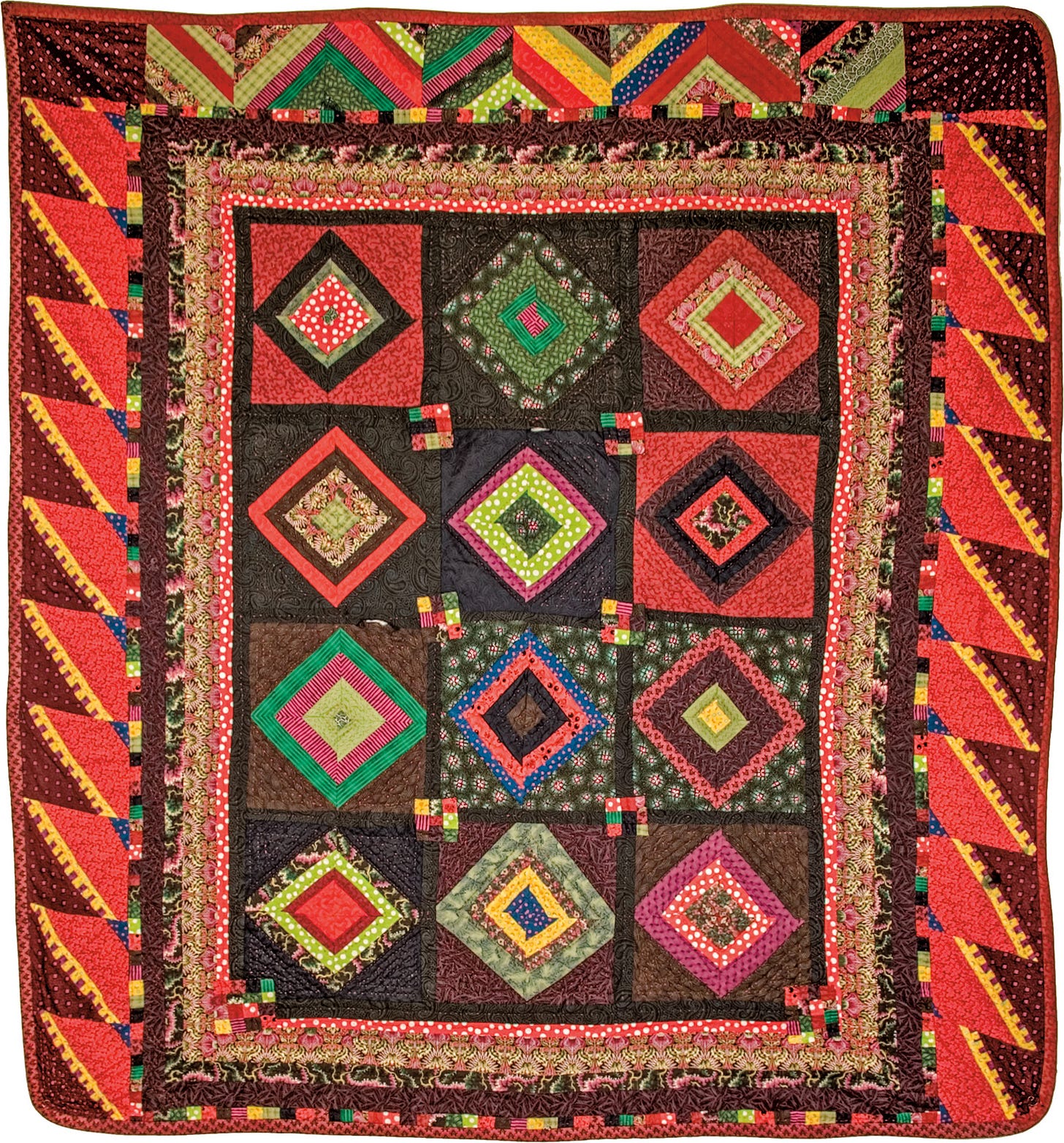
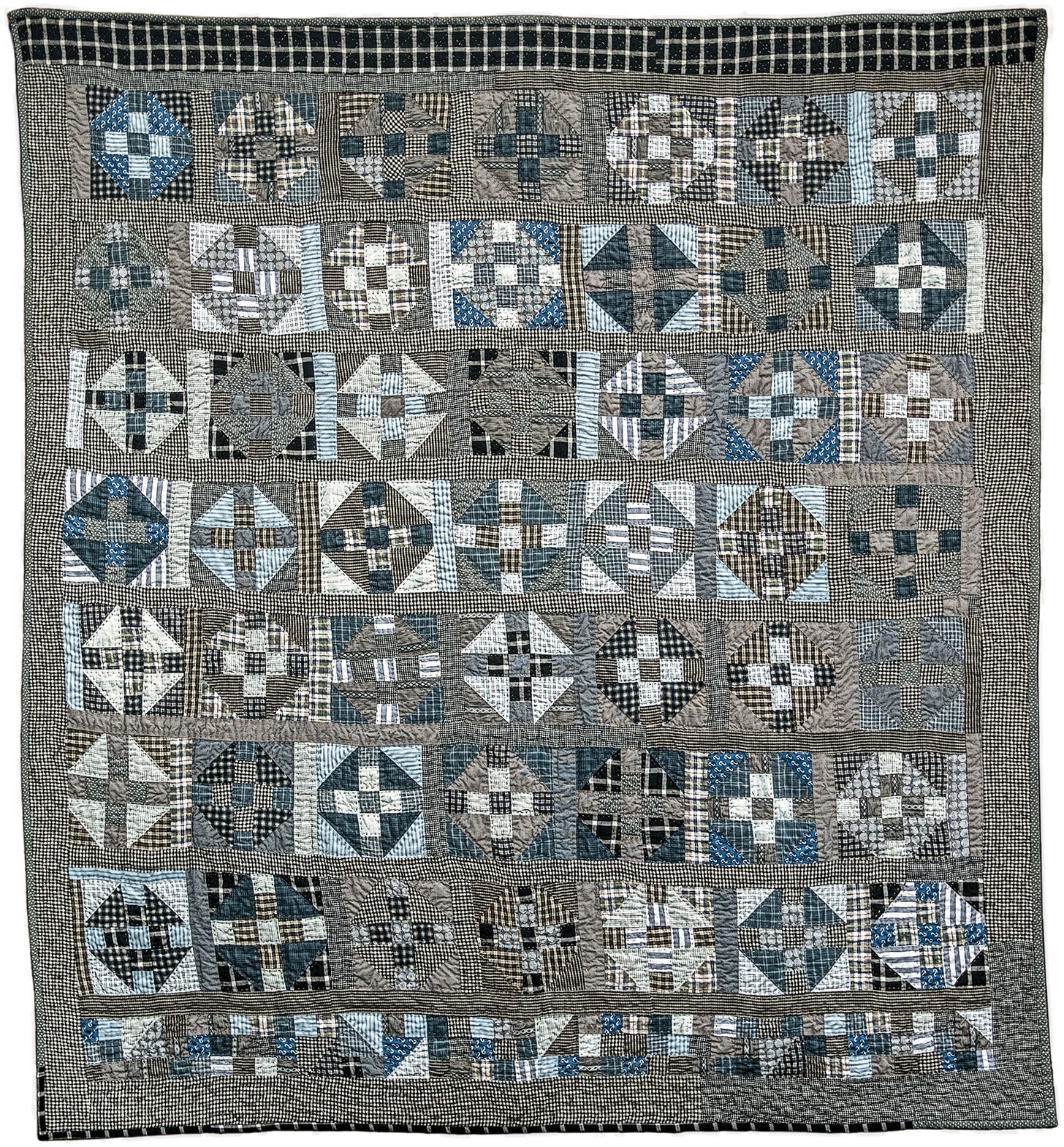

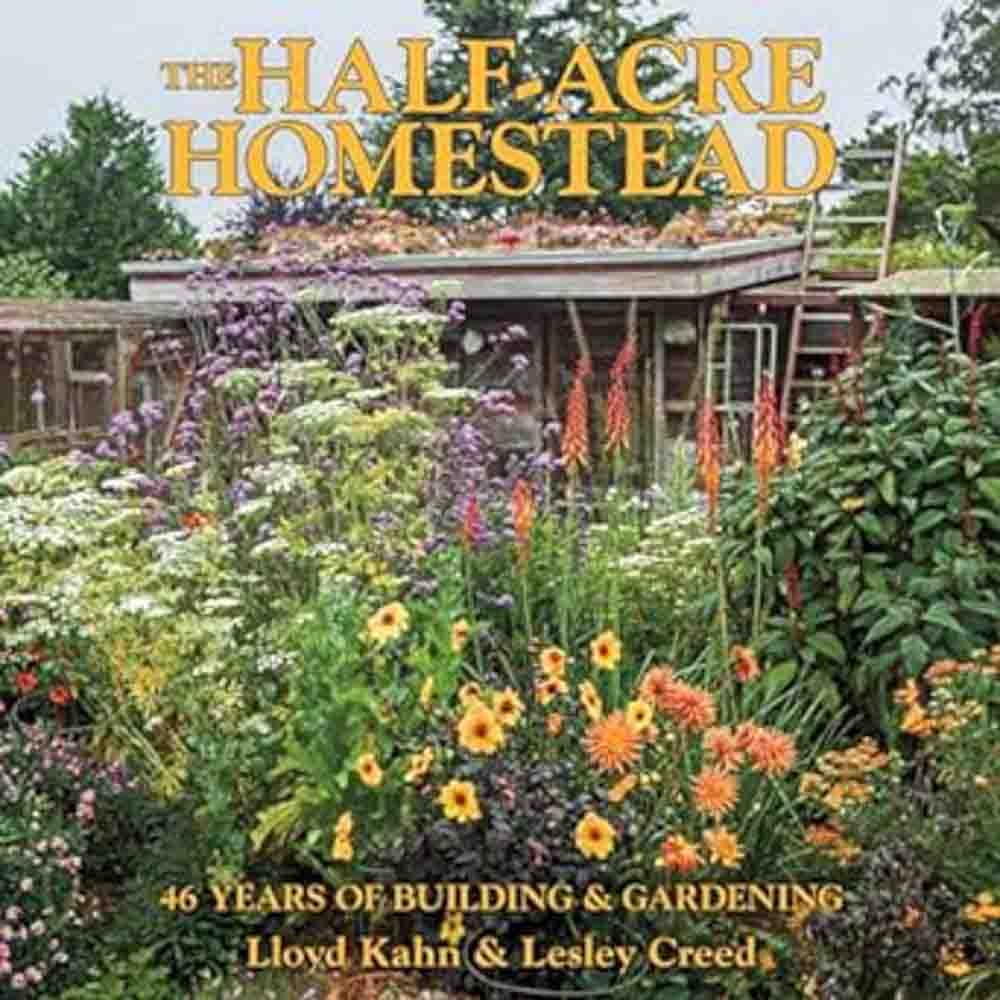
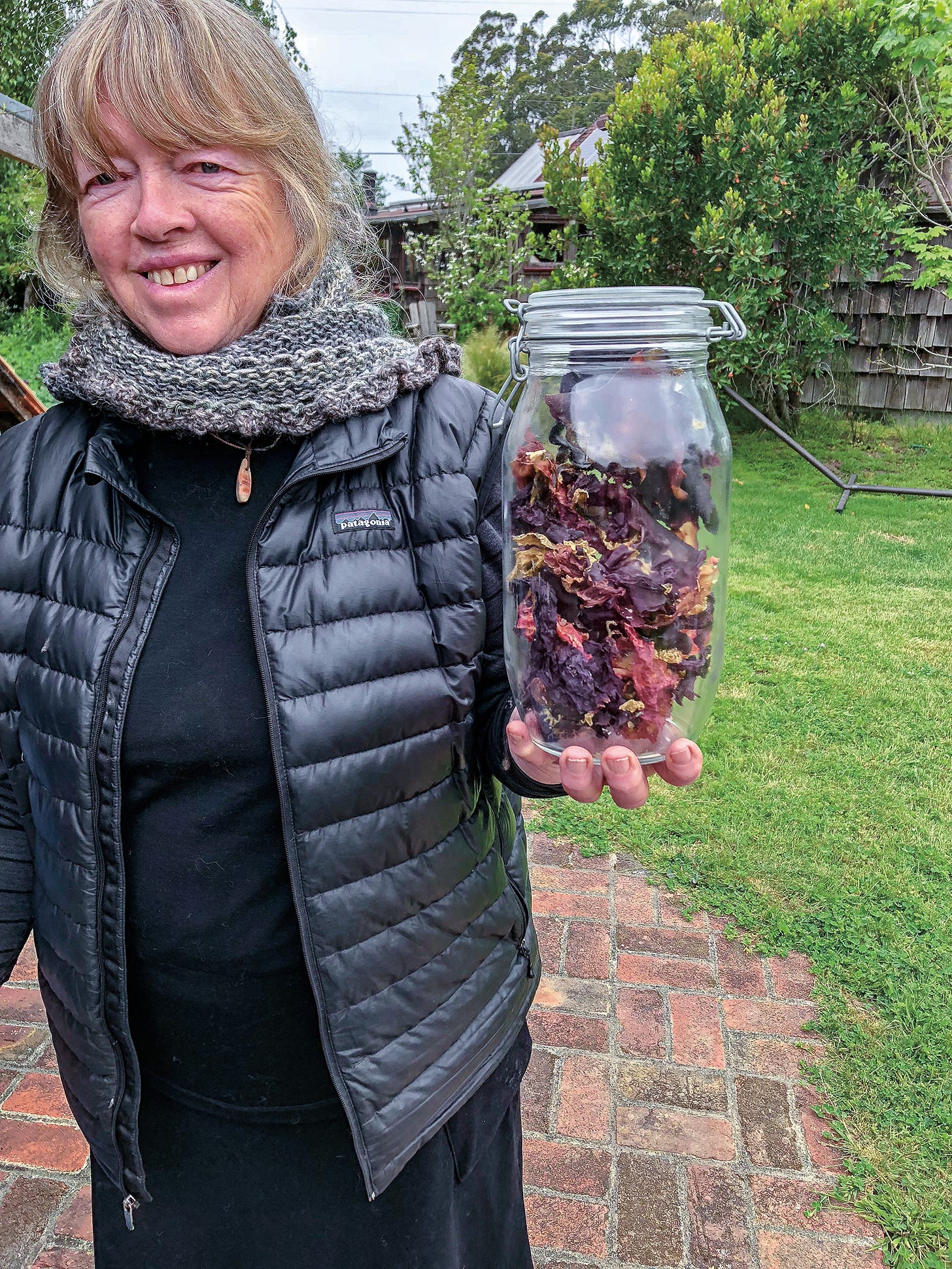
So beautiful.
Beautiful words. Watching Lesly prepare bread inspired me to do the same. A great artist she was indeed.